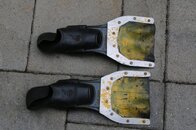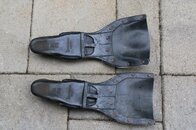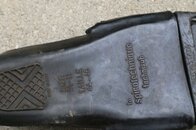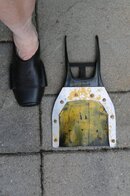David Wilson
Contributor
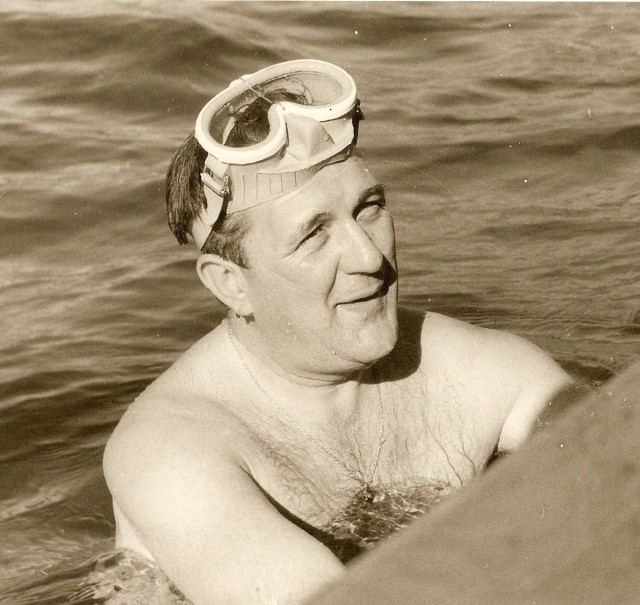
Luigi Ferraro was a diving pioneer in wartime and a prolific inventor in peacetime. You can read about his contributions to the postwar development of diving equipment on the website dedicated to his life at Welcome to Luigi Ferraro's official site | Luigi Ferraro. His picture above shows him wearing one of his designs, the Pinocchio mask, which anticipated the low-volume diving masks of today and has been in continuous production at Cressi from its prototype in 1952 to the present. Over the years the mask has assumed something of a cult status.
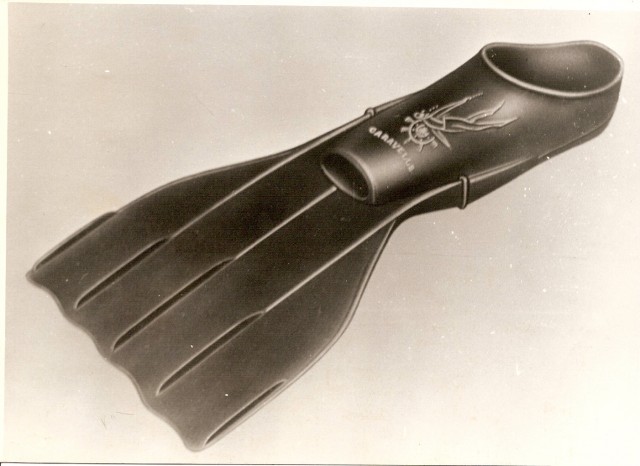
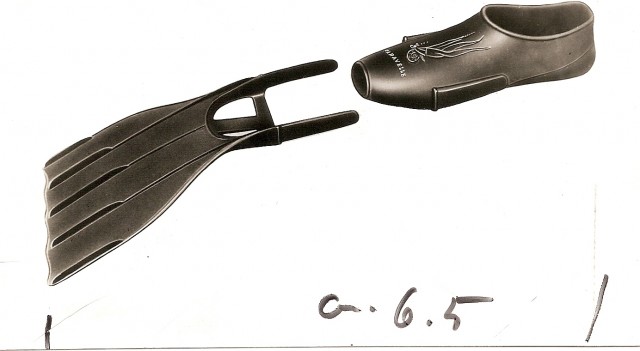
Another of Ferraro's inventions was the Caravelle fin, which he designed for another Italian company, Technisub, in 1963. The Caravelle is often regarded as a technological success but a commercial failure, because it combined a detachable plastic blade with a rubber full-foot pocket, anticipating the introduction of composite fins by another Italian company, Mares, more than a decade later, but it did not sell well among the diving community of the early 1960s. You can read more about these two inventions on the Luigi Ferraro website at Inventor and Entrepreneur | Luigi Ferraro, which is a treasure-trove of information about this Italian innovator.
I have recently been exploring the Russian equivalent of the eBay auction site, Avito, which is a "must" for anybody interested in the history of Soviet diving equipment. While searching Avito, I was amazed to discover later Soviet versions of Luigi Ferraro's Pinocchio mask and Caravelle fins. The Soviet equivalent of the Pinocchio mask was made in the "Mosrezina" factory in Moscow in the early 1970s:
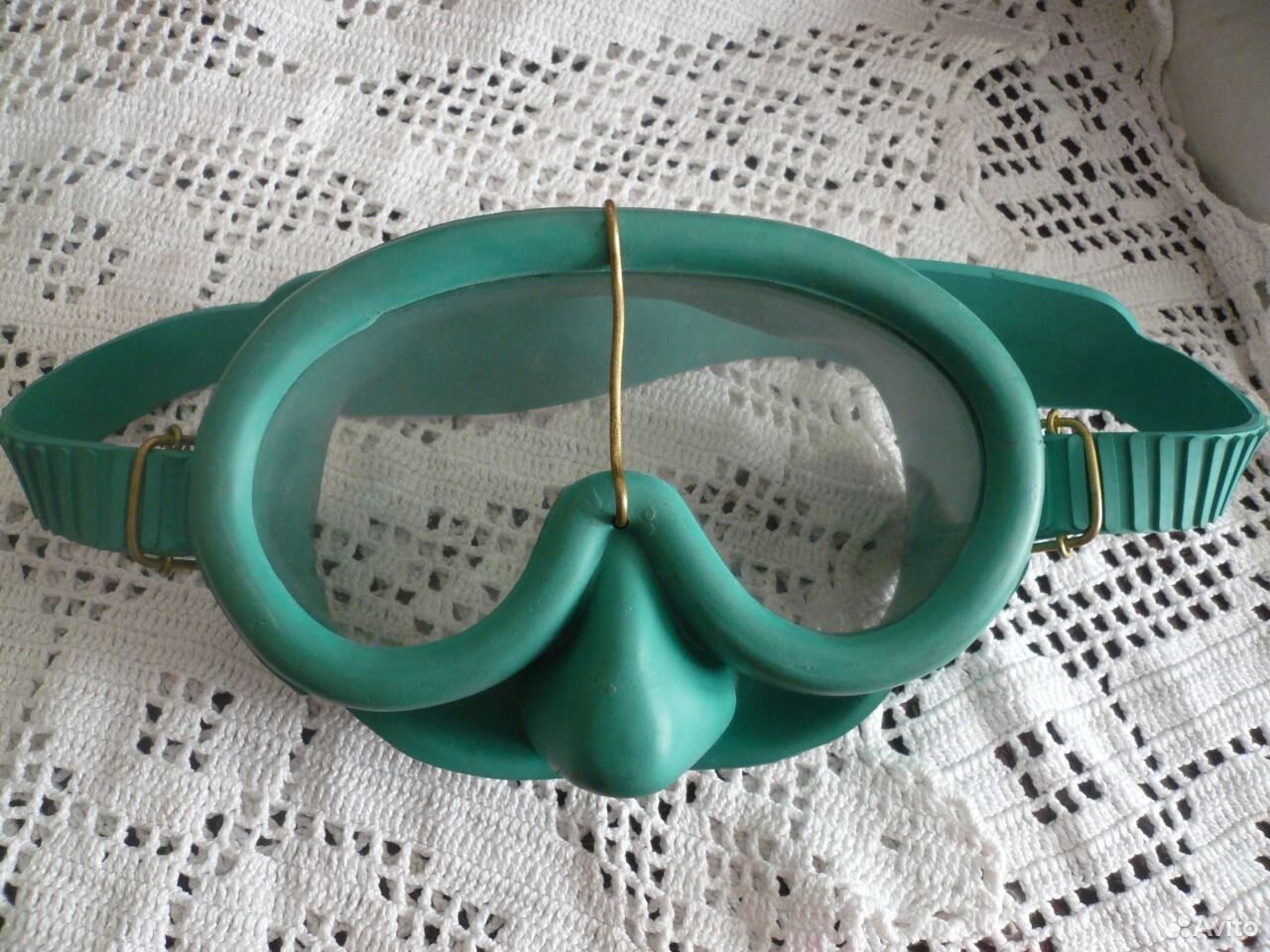
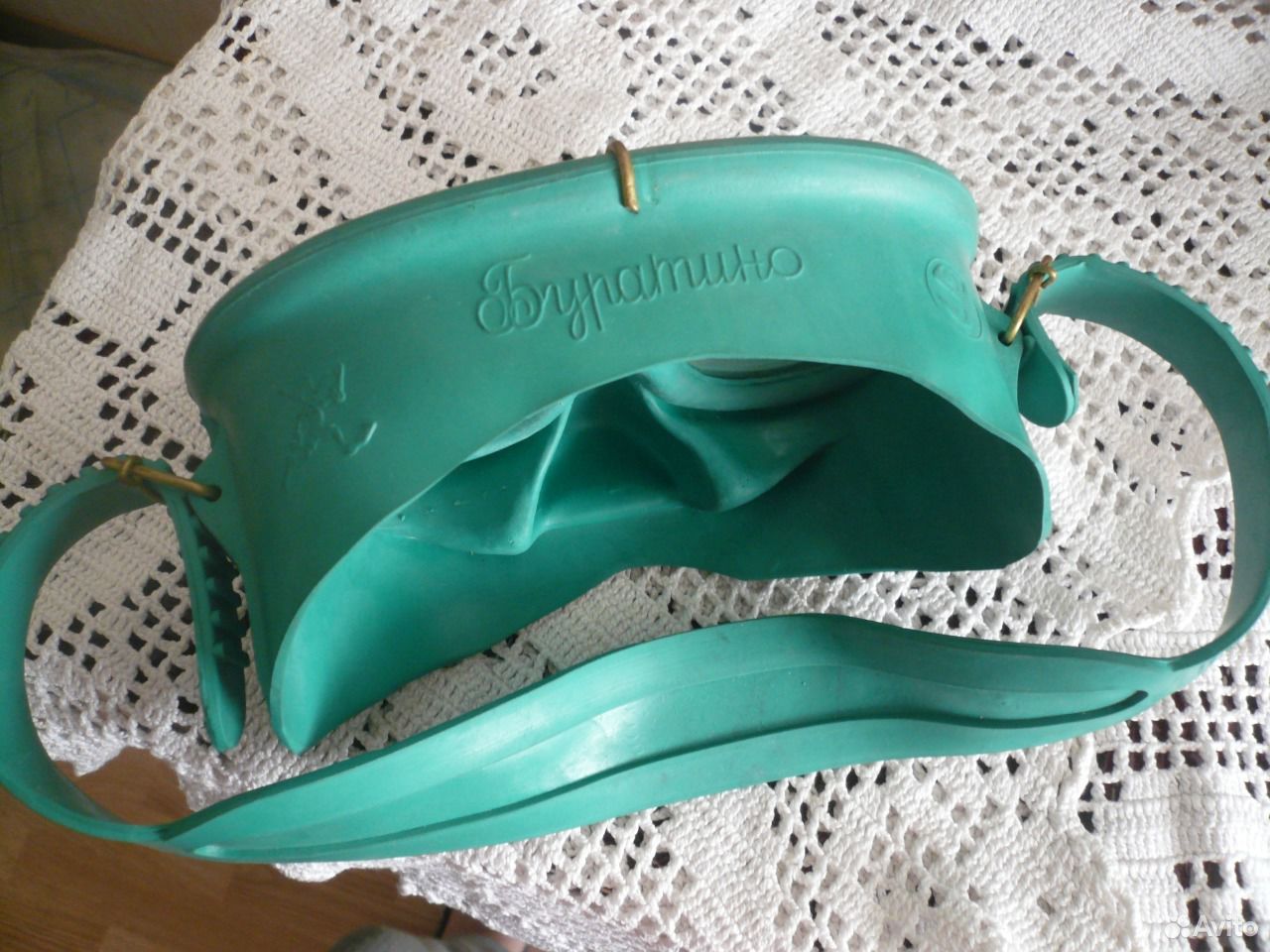
This mask was given the name "Buratino" (Буратино), which is the main character in a book written by Aleksey Nikolayevich Tolstoy (not Leo Tolstoy, author of "War and Peace"), who "had read Pinocchio as a child, but, having lost the book, (...) started re-imagining it many years later in an attempt to come up with a series of bedside stories for his own children." Read more at Buratino - Wikipedia, the free encyclopedia. You can see the mask auction page for yourself at Маска для подводного плавания СССР.
During the same search, I found out about a Soviet version of Ferrraro's Caravelle fins:
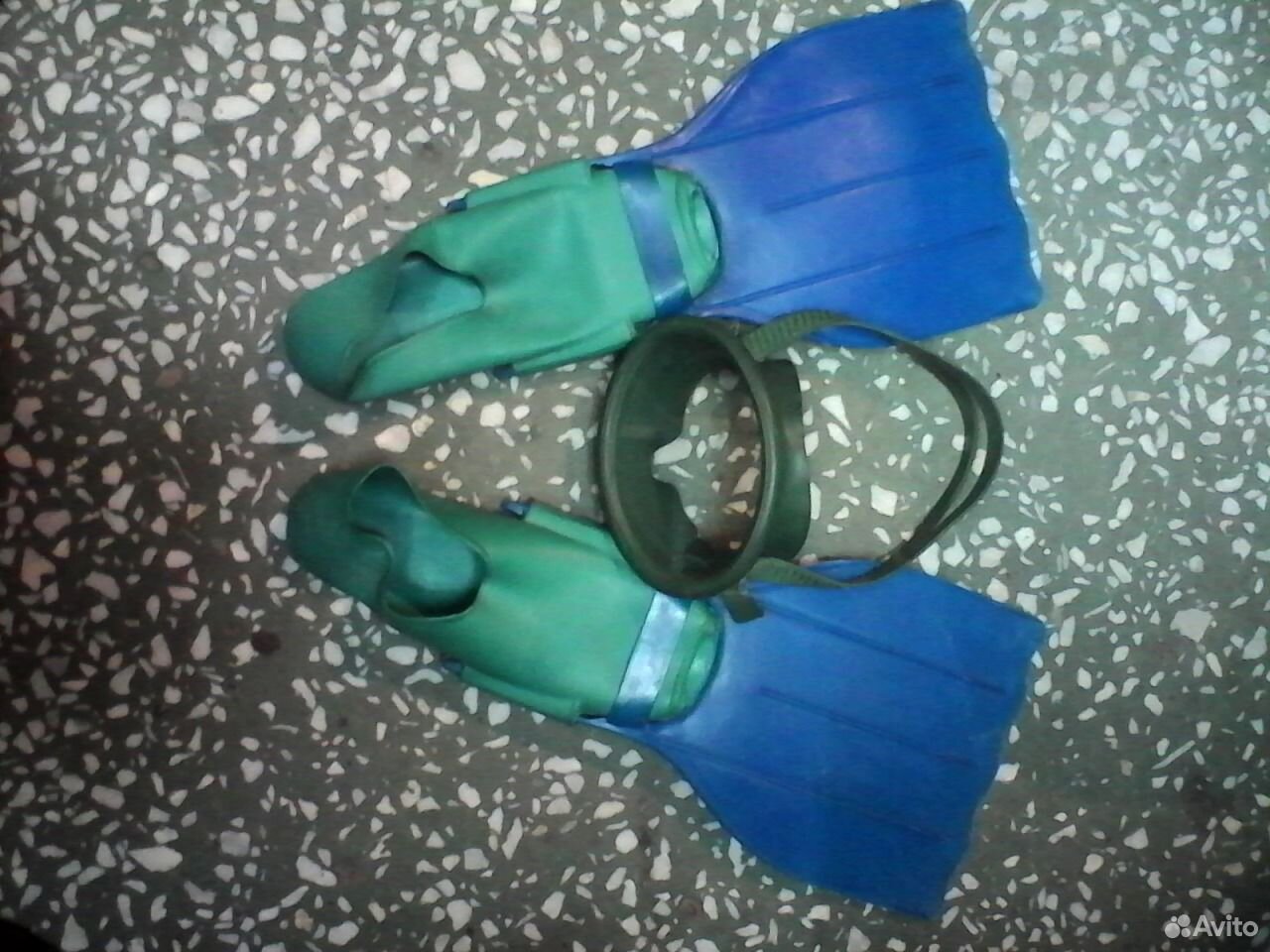
According to the auction page at Маска и Ласты для подводного плавания 1973г. СССР, the fins date from 1973, so roughly contemporaneous with the Buratino mask. The unnamed fins were made in the "Sport" Experimental Factory in Leningrad. A second pair of these fins appeared on another Avito page at Набор для плавания подростковый:
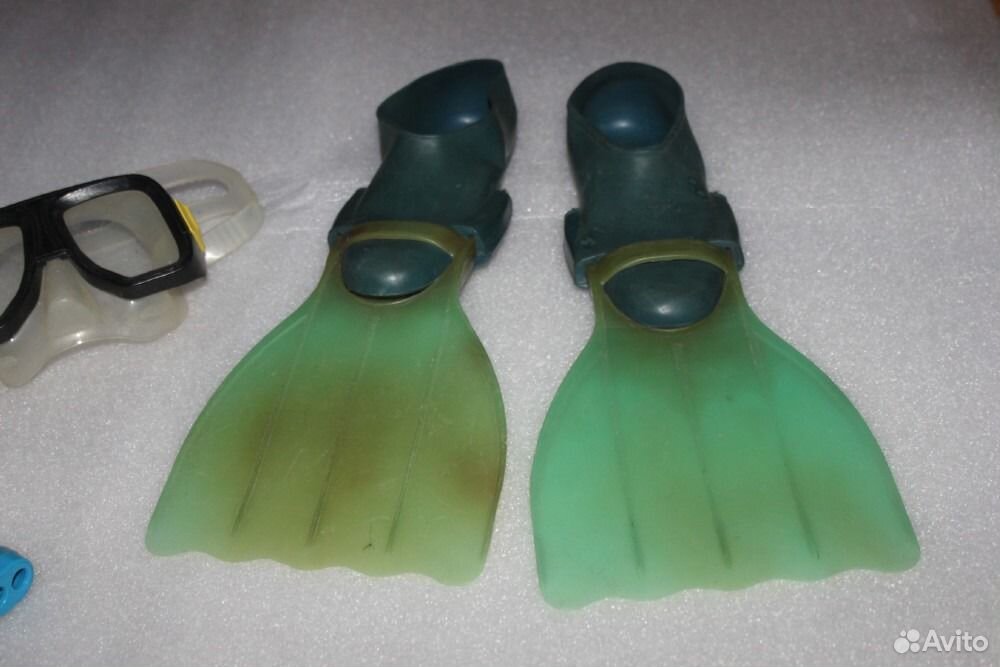

In both cases, the detachable plastic blade resembles its Caravelle counterpart, including the number of ribs, although the second model has a closed toe foot pocket, unlike the Caravelle.
It's interesting that Soviet diving equipment developers were aware of Ferraro's designs in the early 1970s and went as far as to manufacture similar products for swimmers and divers in the USSR. Note too how the above picture shows the price (3 roubles, 50 kopecks) moulded on to the sole, signalling the absence of price fluctuations in Soviet times!
Last edited:




